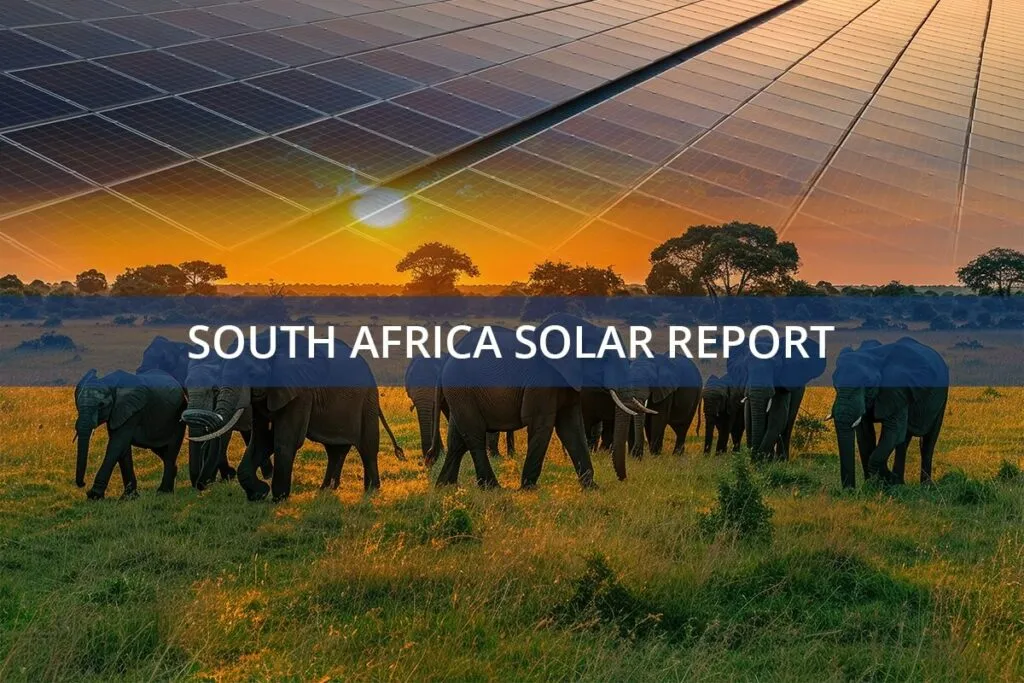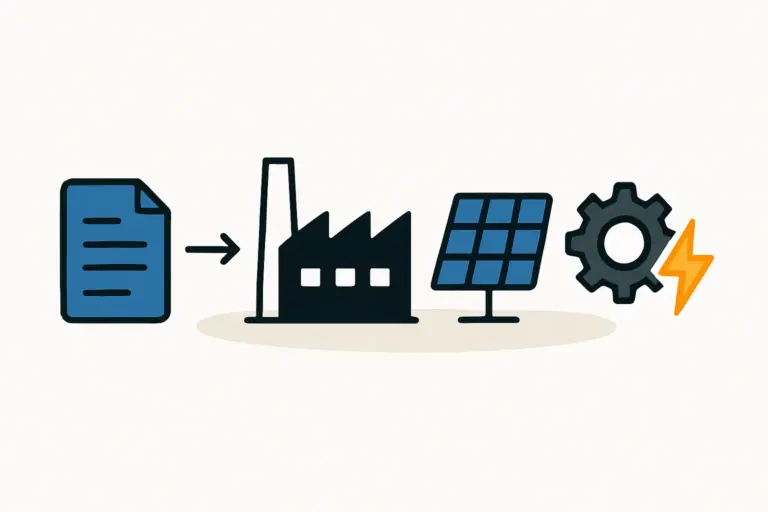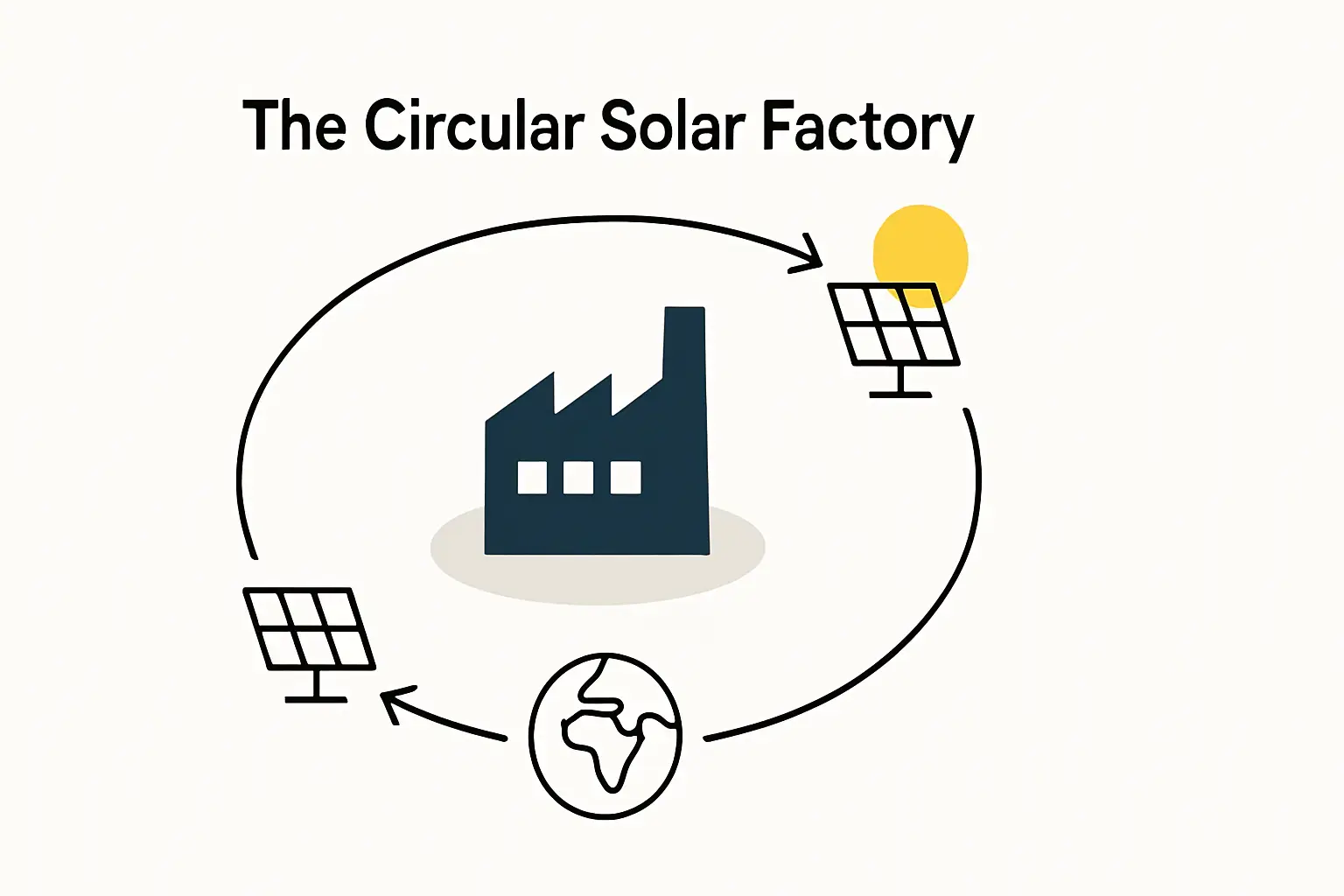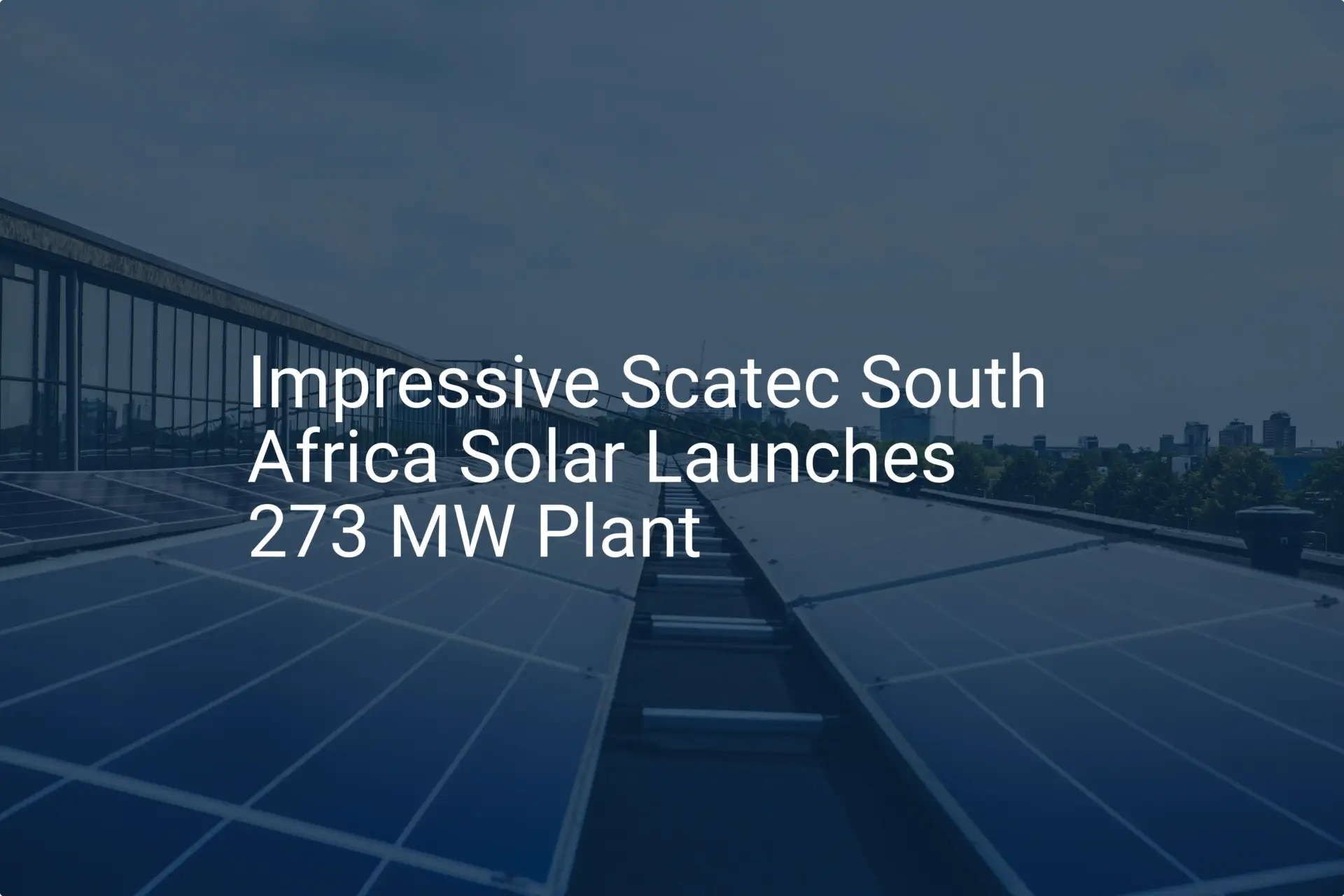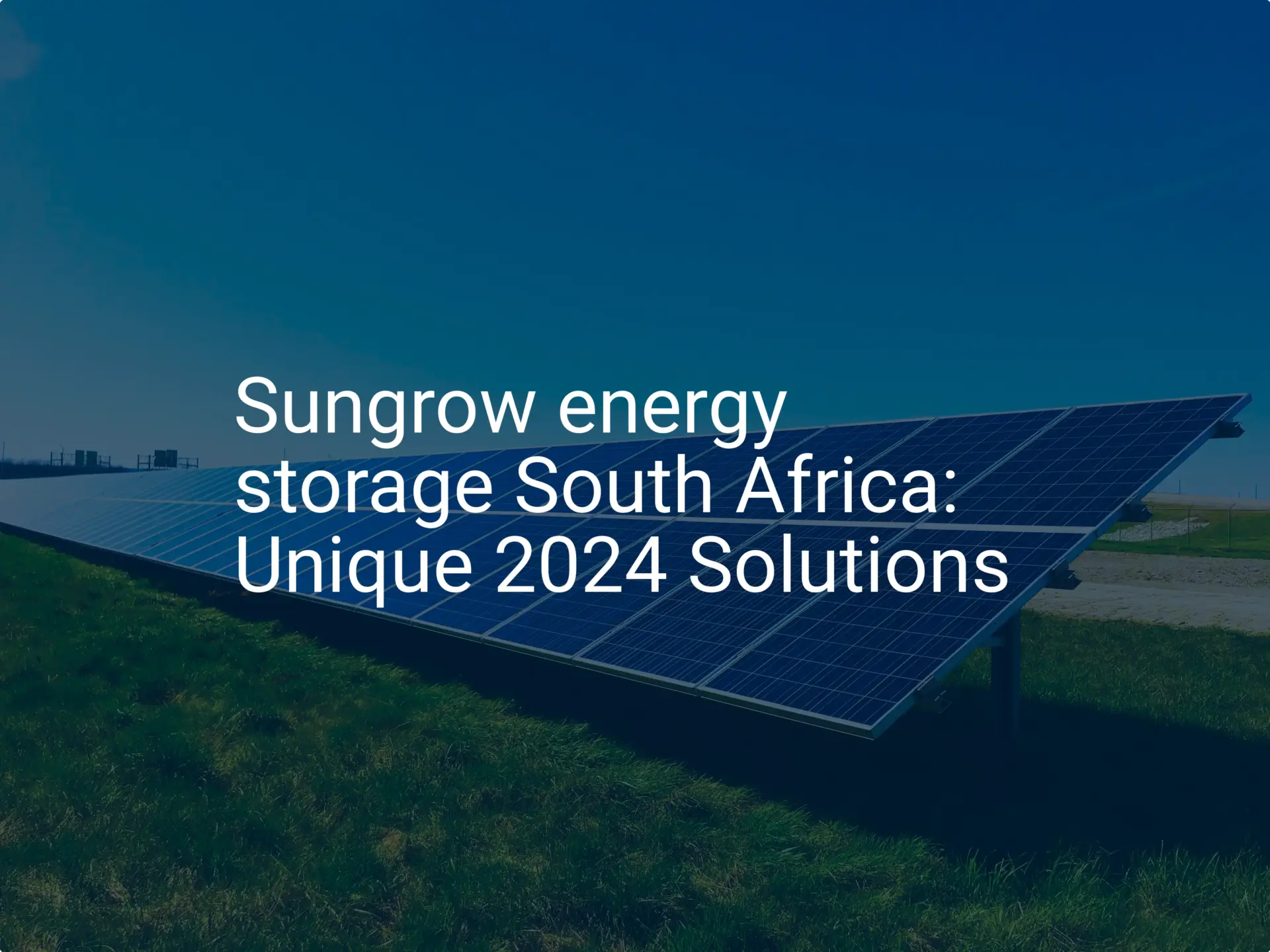For an entrepreneur looking at South Africa’s energy landscape, the view is one of both significant challenge and substantial opportunity. The country’s well-documented power shortages have created urgent demand for reliable energy solutions, with solar photovoltaics (PV) leading the way.
However, entering this market is not merely about producing solar modules; it involves navigating a specific regulatory framework designed to build the nation’s industrial capacity. Central to this framework is the Designated Local Production Programme (DLPP).
For any business professional considering entry into the South African solar manufacturing sector, understanding this policy isn’t just an option—it’s the key that unlocks access to the country’s largest and most stable energy projects. This guide breaks down the DLPP’s requirements and outlines how compliance translates directly into a strategic market advantage.
What is the DLPP and Why Does It Matter?
The Designated Local Production Programme is a policy initiative by South Africa’s Department of Trade, Industry and Competition (the dtic). Its primary objective is to leverage state procurement to foster local manufacturing, create sustainable employment, and reduce the country’s reliance on imported goods.
For the solar industry, the DLPP mandates that solar PV modules procured for government-funded or utility-scale projects must meet a minimum threshold for local content—a requirement with profound implications for manufacturers.
The DLPP’s most significant impact is its direct link to the Renewable Energy Independent Power Producer Procurement Programme (REIPPPP). The REIPPPP is the government’s primary vehicle for securing new electricity generation capacity from private entities. Bidders for these multi-megawatt projects are evaluated on several criteria, among which the use of locally manufactured components is a critical, often decisive, factor.
A DLPP-compliant solar module factory, therefore, is not just a production facility; it becomes a preferred supplier for the country’s largest energy developers. Compliance ceases to be a regulatory burden and becomes a powerful commercial advantage.

Understanding the Core Requirement: The Local Content Threshold
The central pillar of the DLPP for solar modules is its mandated local content threshold. Under the latest designations, solar PV modules must have at least 70% local content to qualify for use in designated state and state-owned entity projects.
This figure can be misleading if misinterpreted as simple final assembly. The calculation is more nuanced and is based on the value of specific components within the module. To achieve compliance, a manufacturer must strategically source or produce these key inputs locally. The components typically designated for local production include:
- Aluminium Frames: The structural frame of the module must be manufactured in South Africa.
- Solar Glass: The front tempered glass, a critical component for protection and light transmission, is designated for local sourcing.
- Junction Boxes and Cables: The electrical components that allow for the connection of modules into an array must be locally produced.
- Backsheets/Rear Glass: The protective backing of the module, whether polymer-based or glass, falls under the local content requirement.
Achieving this 70% threshold requires a fundamental integration with the local economy, moving far beyond assembling imported kits. A deep understanding of the solar module manufacturing process is essential to identify where local value can be added most effectively.
The Strategic Implications for New Manufacturers
The DLPP fundamentally shapes the business model for any new entrant into the South African solar manufacturing space, requiring a proactive and localized approach from the outset.
Supply Chain Strategy
A successful DLPP-compliant operation depends on a robust local supply chain. Before a single machine is installed, a prospective manufacturer must map out and secure suppliers for designated solar panel components like aluminium extrusions and junction boxes. This initial phase of supply chain development is crucial for success. Based on experience from J.v.G. turnkey projects in similar markets, establishing these relationships early on prevents significant delays and cost overruns down the line.
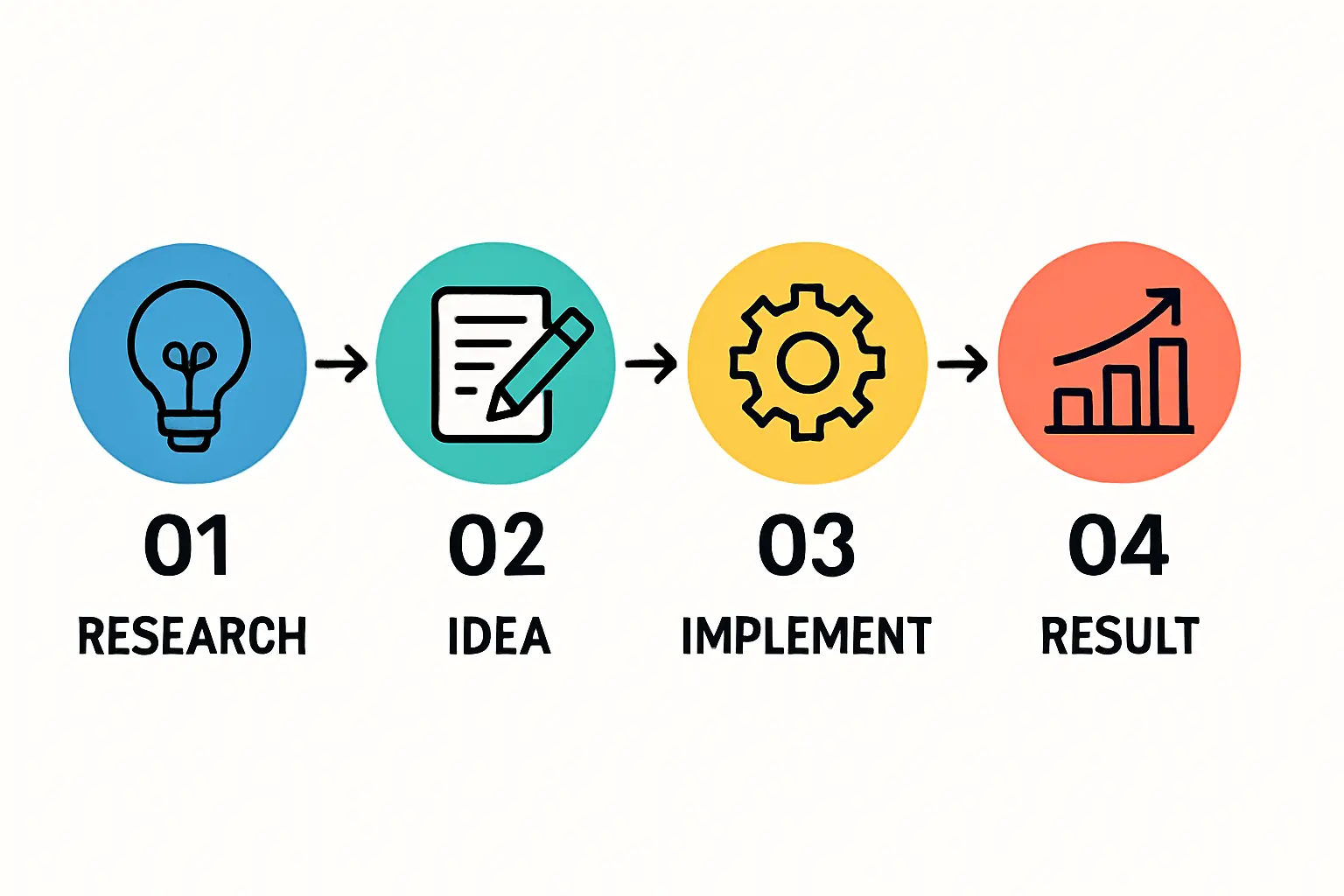
Production and Operations
Integrating locally sourced materials directly influences the planning for setting up a solar factory. The factory’s layout, machinery selection, and quality control processes must be designed to handle local inputs, which may have different specifications than those from established international suppliers. For example, the lamination and framing stations must be calibrated for locally produced glass and frames.
Market Access as a Competitive Edge
The most important implication is market positioning. While non-compliant manufacturers can still sell to the private residential and commercial rooftop markets, they are effectively excluded from the large-scale utility projects procured through REIPPPP. A DLPP-compliant factory, however, is positioned as an essential partner for Independent Power Producers (IPPs) bidding on these lucrative, long-term government contracts.
Common Challenges and Considerations
While the opportunity is clear, achieving DLPP compliance involves navigating several challenges:
- Supplier Capacity and Quality: The local supply chain for some specialized components may be nascent. Ensuring a consistent supply of high-quality materials requires rigorous vetting and partnership-building.
- Cost Competitiveness: Initially, sourcing components locally may be more expensive than importing them from established global hubs. This cost must be balanced against the preferential market access that compliance provides.
- Technical Expertise: Setting up a production line that can flexibly accommodate various local components requires significant technical and engineering knowledge. This is where a turnkey solar manufacturing line, designed with these specifications in mind, can provide a structured advantage.
While significant, these challenges are not insurmountable. With meticulous planning and the right technical guidance, a new manufacturing facility can be designed for compliance from its foundation.

Frequently Asked Questions (FAQ) about the DLPP
What is the purpose of the REIPPPP?
The Renewable Energy Independent Power Producer Procurement Programme is South Africa’s national strategy to procure electricity from private sector producers of clean energy. It operates through competitive bidding rounds for solar, wind, and other renewable technologies.
Does the DLPP apply to all solar projects in South Africa?
No. The designation applies specifically to projects procured by government departments, municipalities, and state-owned entities like Eskom. It has the most significant impact on utility-scale projects under the REIPPPP. It does not currently apply to private residential, commercial, or industrial installations that do not receive direct government funding.
Is it difficult to achieve the 70% local content threshold?
It requires deliberate strategic planning. A factory cannot simply be established with the hope of meeting the target later. The choice of machinery, the development of the supply chain, and the design of the bill of materials must all be oriented toward this goal from the project’s inception.
What are the first steps for an investor to ensure compliance?
The first step is a thorough feasibility study that includes a detailed supply chain analysis for the South African market. This involves identifying and auditing potential local suppliers for all designated components and integrating this information into the factory’s overall business and operational plan.
The Path Forward: From Regulation to Opportunity
South Africa’s Designated Local Production Programme should not be viewed as a barrier to entry. Instead, it is a clear roadmap that outlines the path to long-term success in the country’s utility-scale solar market. For the investor who understands its strategic importance and plans accordingly, the DLPP transforms a regulatory requirement into a powerful and defensible competitive advantage, creating a direct path to the nation’s most significant solar energy opportunities.

